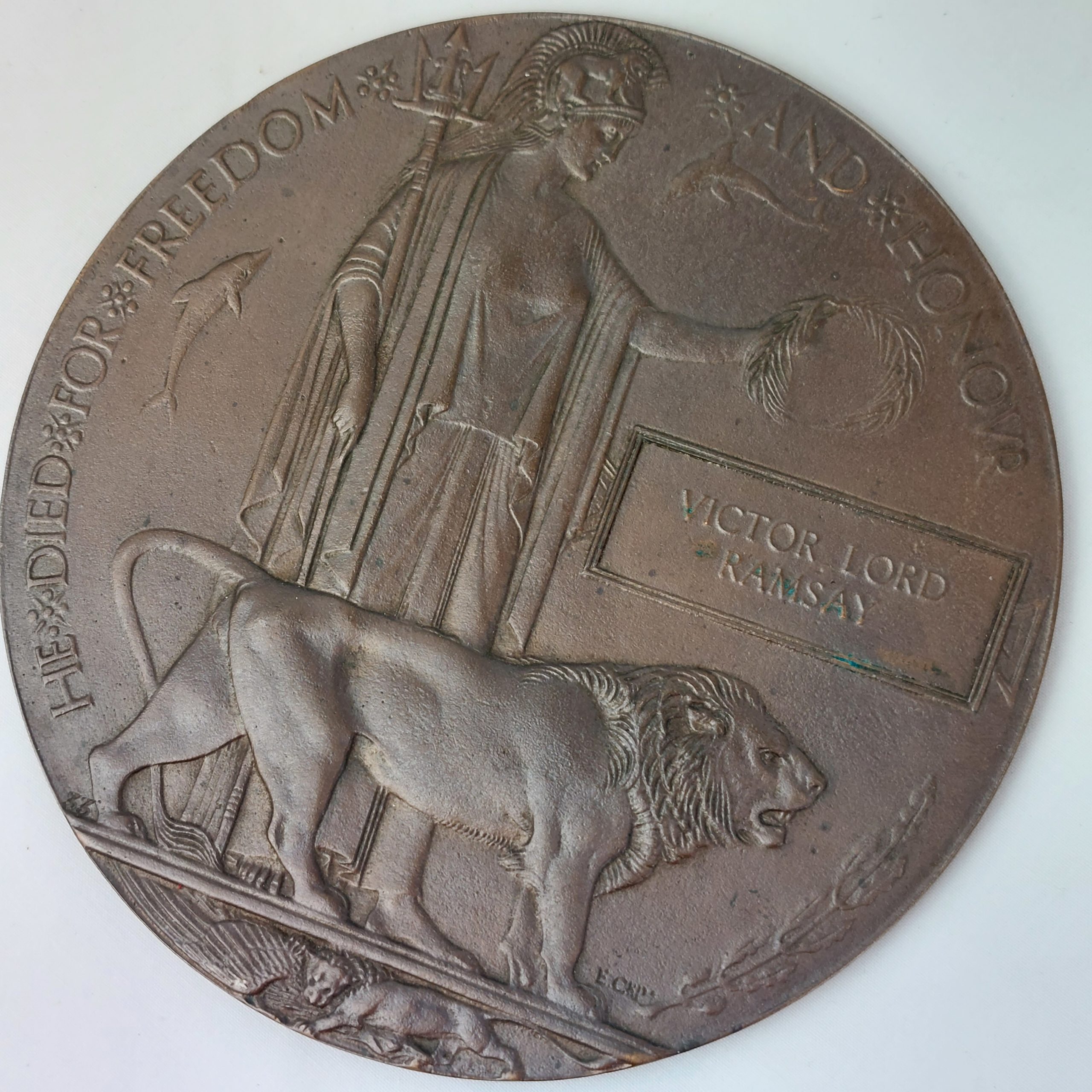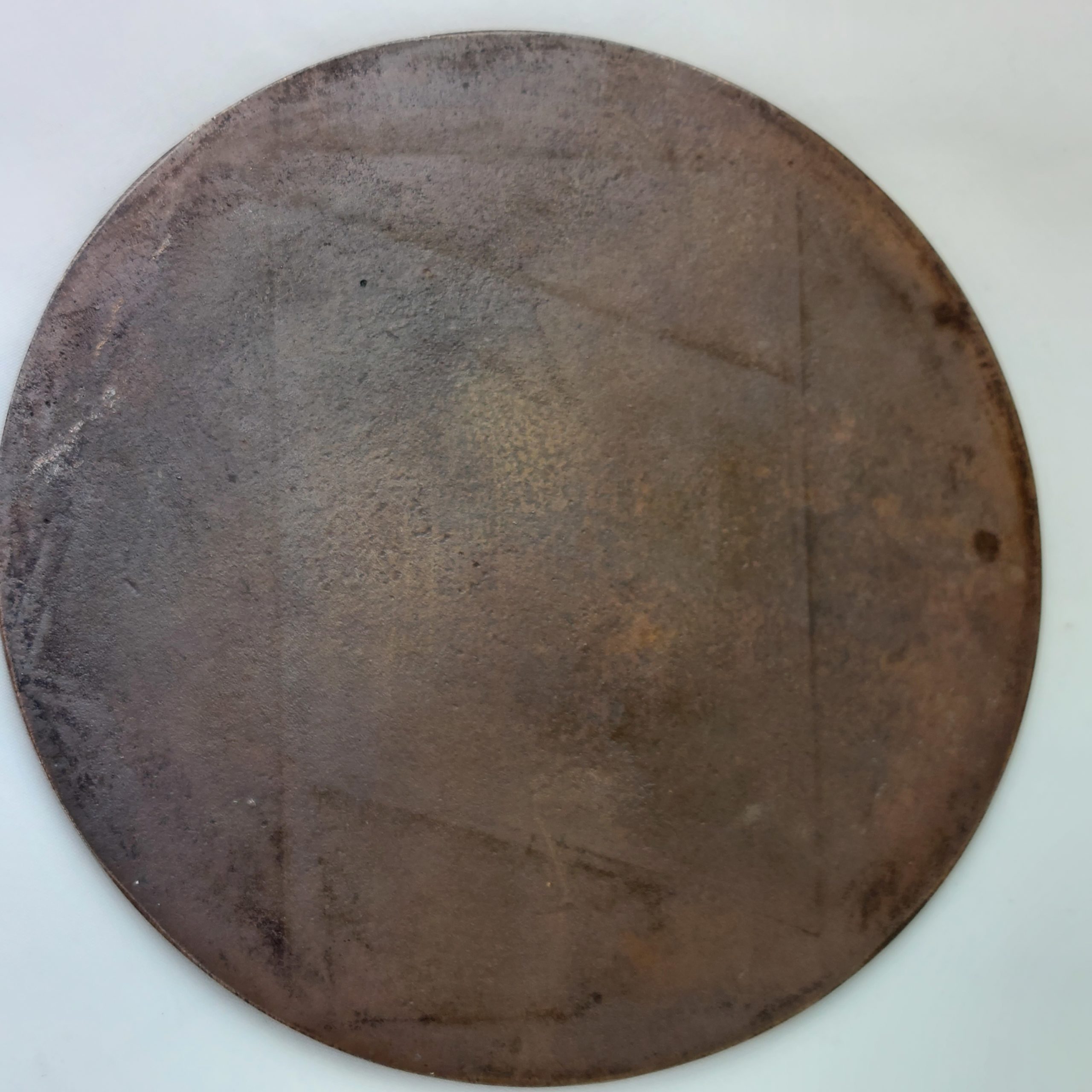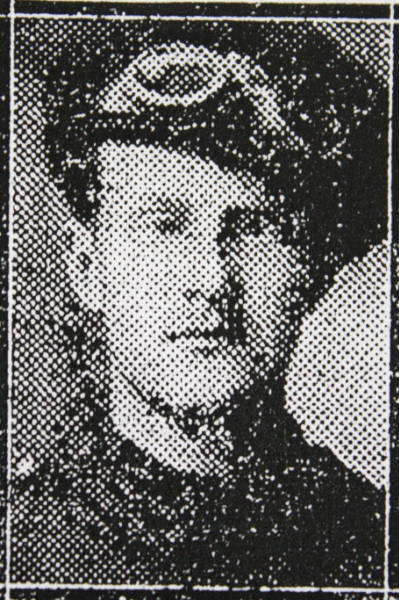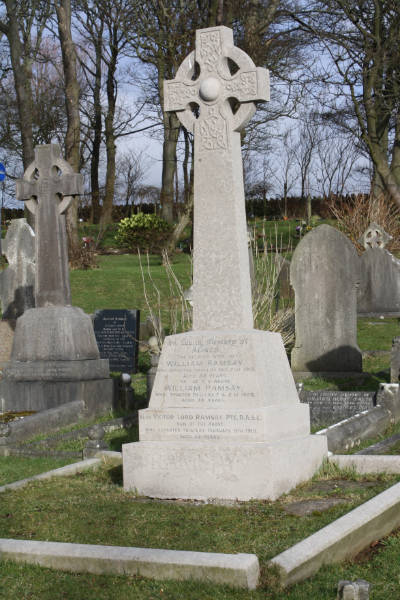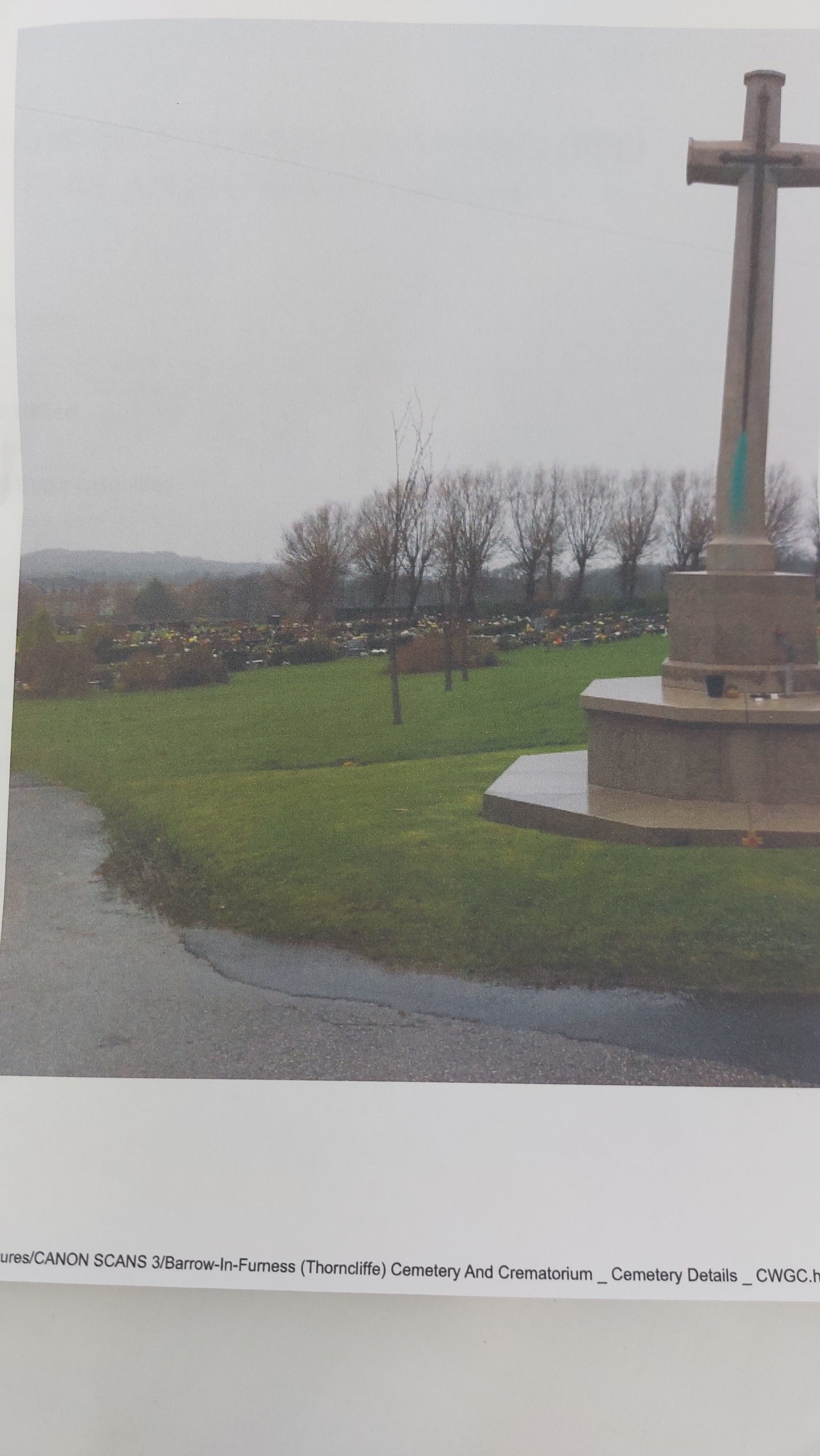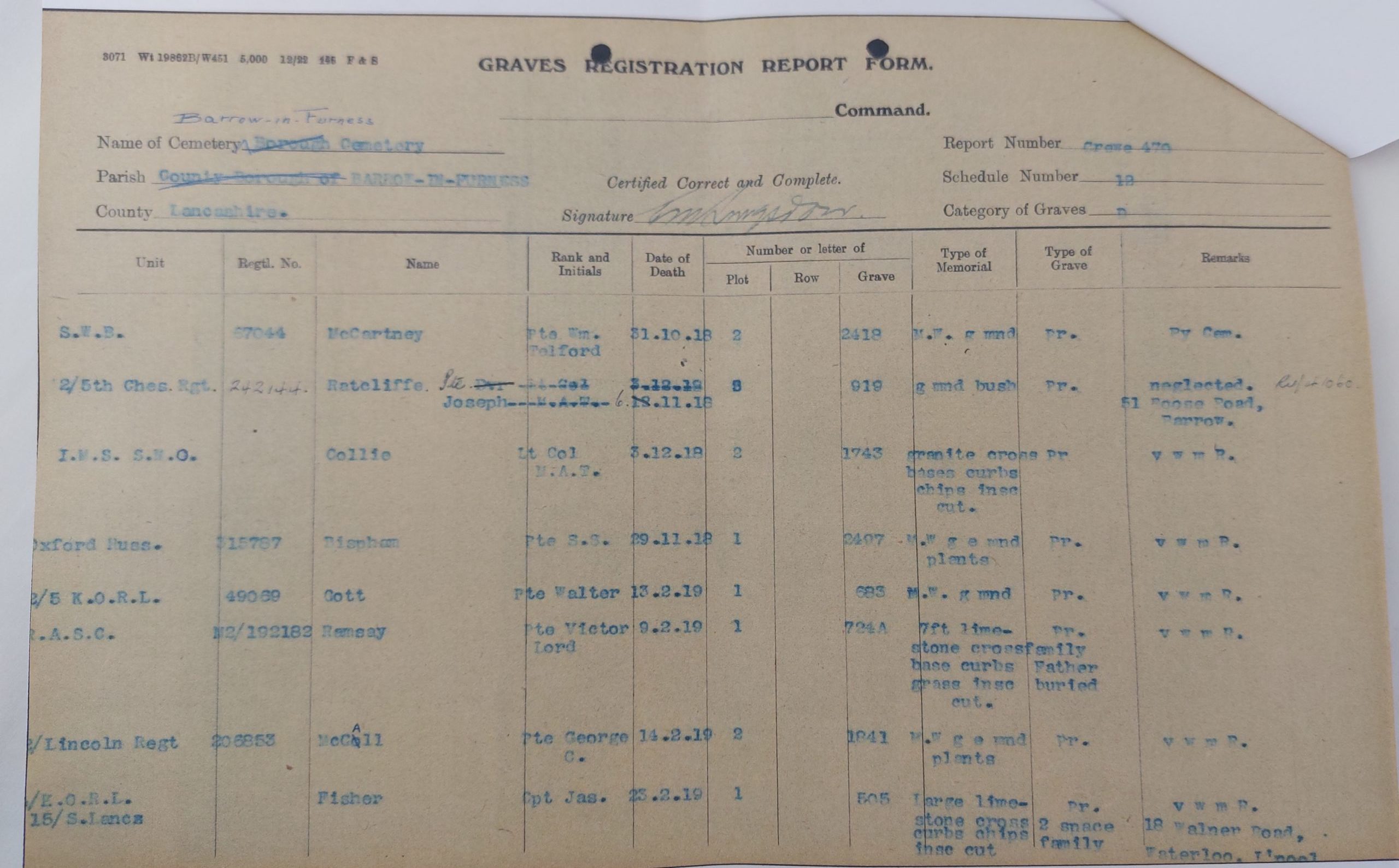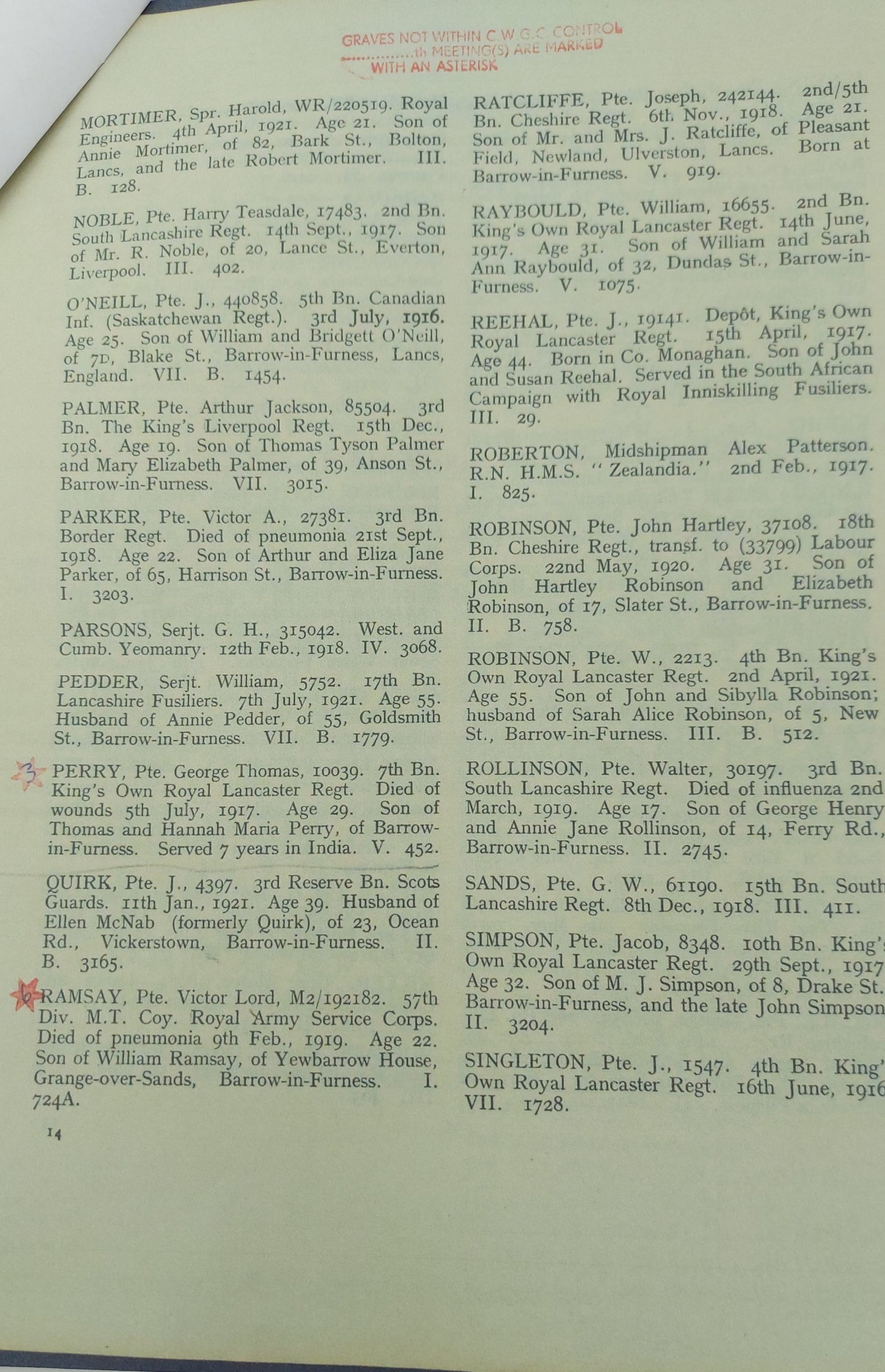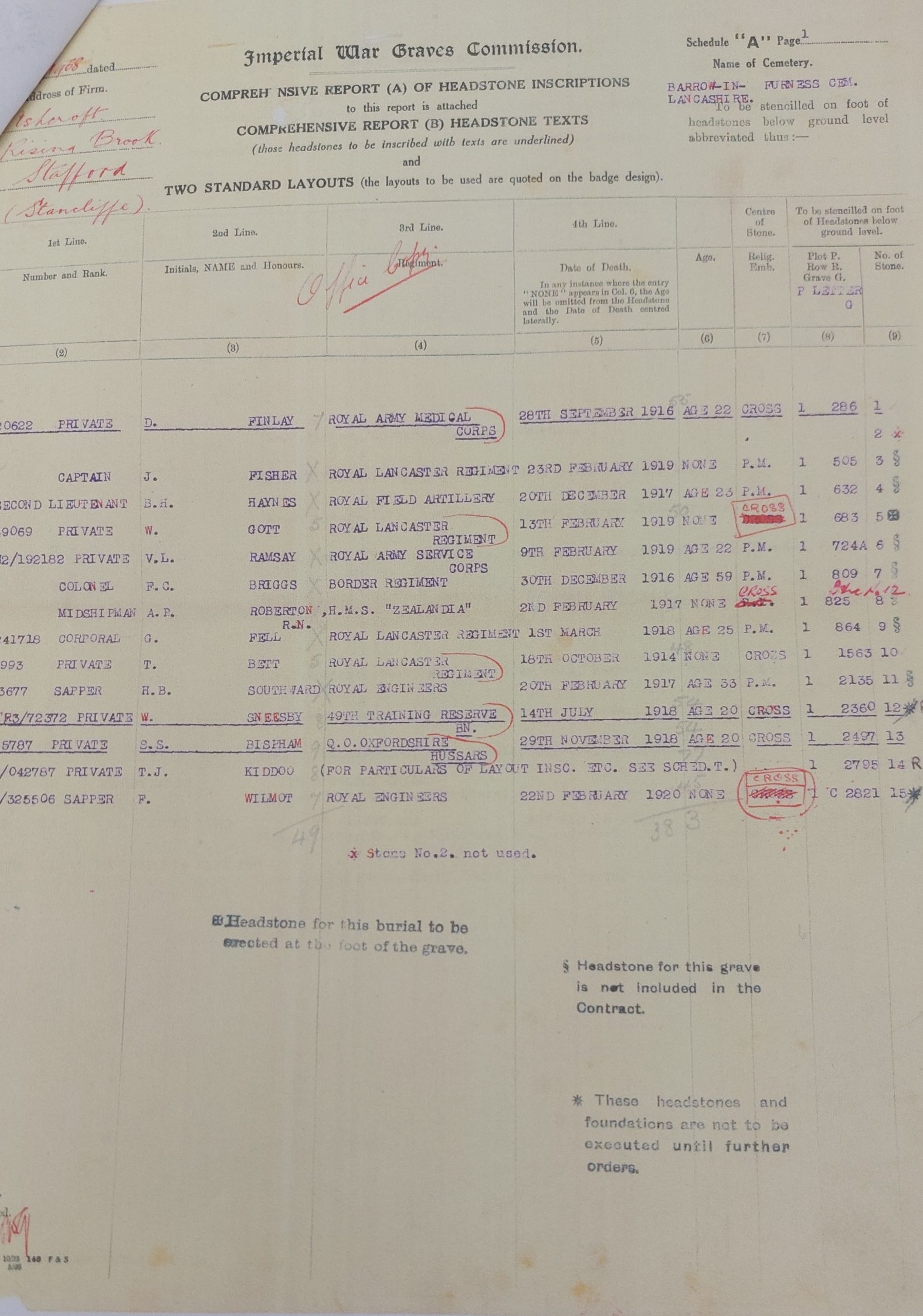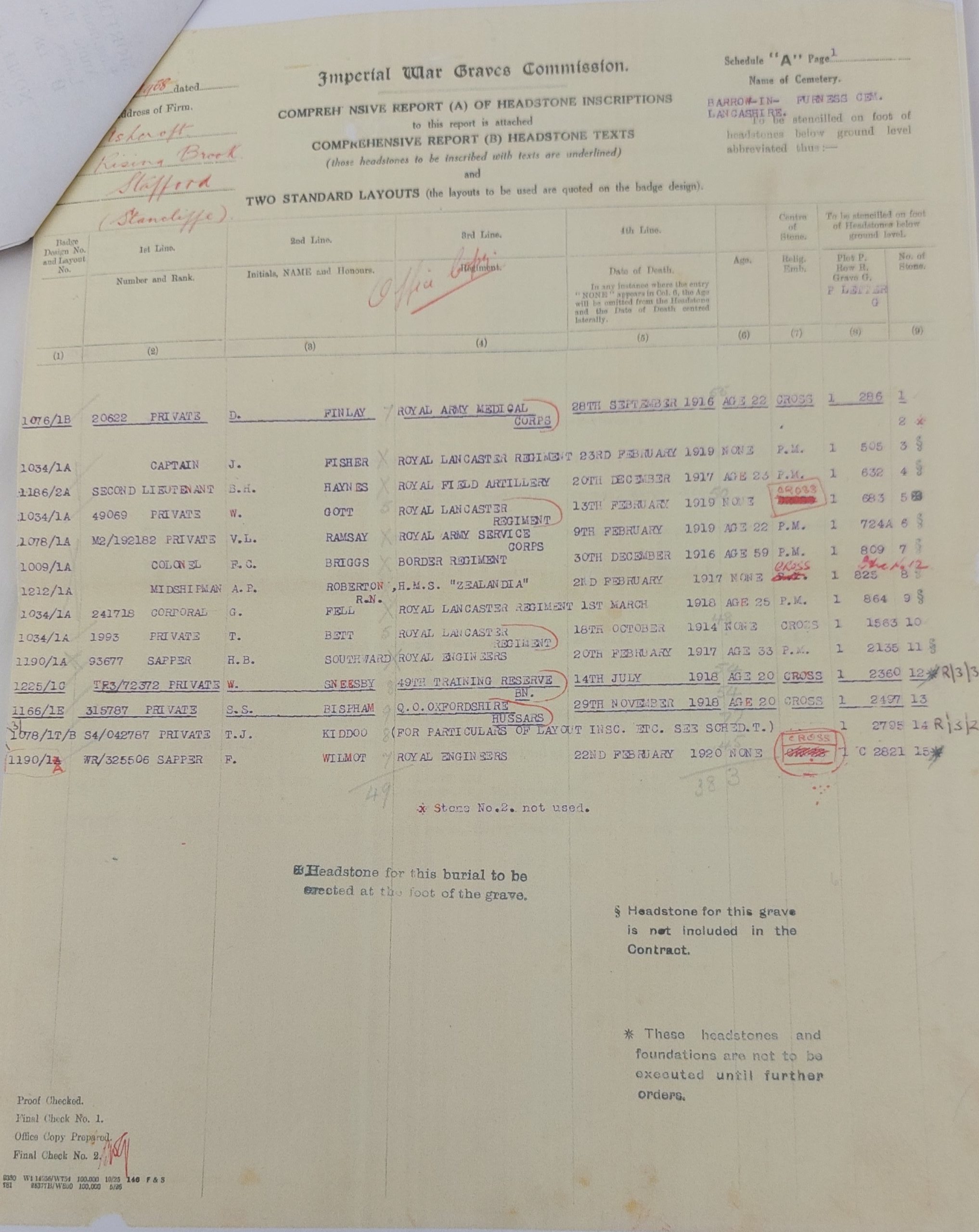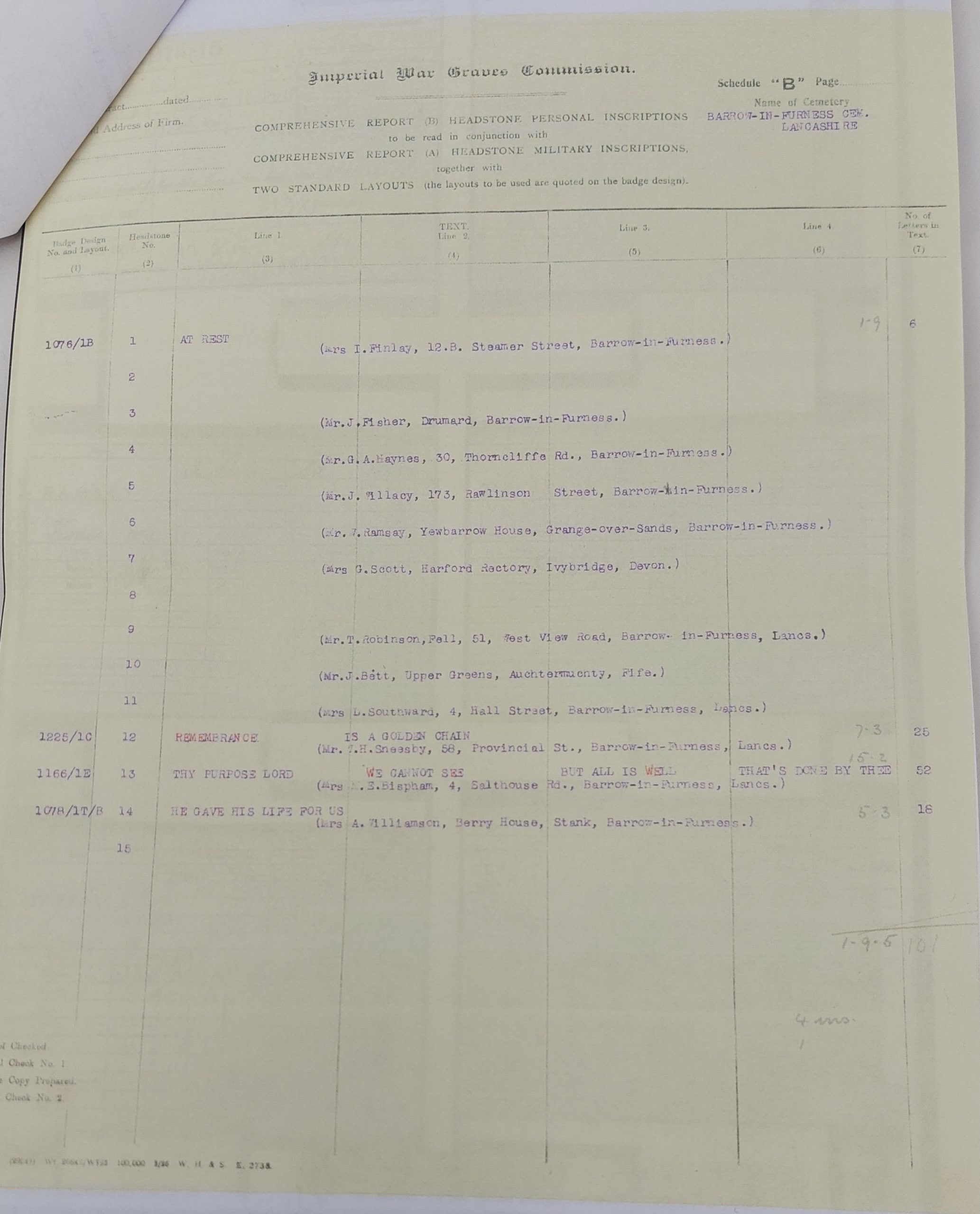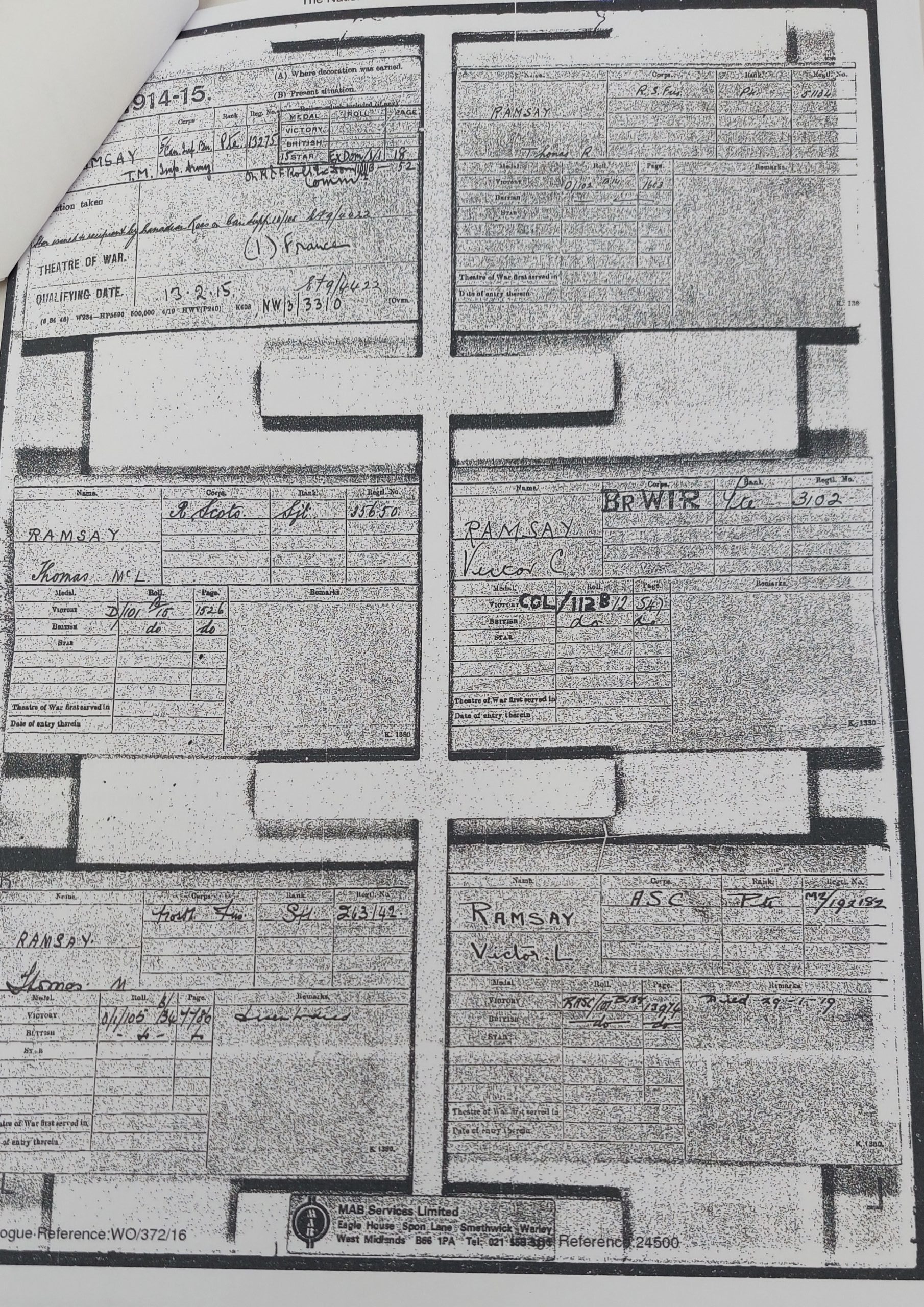*WW1 Death Penny for Victor Lord Ramsey. In excellent condition with details.*
This is the death penny for Private Victor Lord Ramsey who died of pneumonia in 1919 aged 22, he’d returned from the front 10 days previously. The flu epidemic of 1918/19 was especially virulent and attacked seemingly healthy young people. It killed more people than the ‘Great War’, and particularly those aged 20-40.
The penny is accompanied by copies of:
*Graves Registration Report Form
*Imperial War Graves Commission – Comprehensive report of Headstone Inscriptions – Schedule A and Schedule B
*The National Archives Reference
The First World War memorial plaque, also known as the “Dead Man’s Penny,” was issued to the next-of-kin of British Empire service personnel who died in the war. These bronze plaques, about 4.72 inches (120 mm) in diameter, were awarded to commemorate the deceased. A total of 1,355,000 plaques were issued, using 450 tons of bronze. The design of the plaque was chosen through a public competition, with over 800 submissions. Sculptor Edward Carter Preston, using the pseudonym Pyramus, won the competition. The designer’s initials, E.CR.P., appear above the front paw. In her outstretched left hand Britannia holds an olive wreath above the ansate tablet bearing the deceased’s name cast in raised letters. Below the name tablet, to the right of the lion, is an oak spray with acorns. The name does not include the rank since there was to be no distinction between sacrifices made by different individuals. Two dolphins swim around Britannia, symbolizing Britain’s sea power, and at the bottom a second lion is tearing apart the German eagle. The reverse is blank, making it a plaquette rather than a table medal. Around the picture the legend reads (in capitals) “He died for freedom and honour” (a different plaque was made for women). The plaques were initially manufactured in Acton, London, starting in 1919. Early Acton-made plaques did not have a number stamped on them but later ones have a number stamped behind the lion’s back leg – this one has the number 33.
The Barrow News of 15 February 1919 reported:
DEATH OF MR. V. L. RAMSAY
BARROW LAD DIES SOON AFTER DEMOBILISATION
Returning home about ten days ago, apparently full of vigour and high spirits on his demobilisation, Private Victor Lord Ramsay, youngest son of Mr. Wm. Ramsay, of Oak Royde, Abbey-road, Barrow, was seized with influenza, followed by septic pneumonia, which proved fatal. Thus a young and promising life ended on Sunday morning. Prior to joining the Forces, Pte. Ramsay was a student at Holmes Chapel Agricultural College, and showed every prospect of a successful career. He had served for two years in France in the Transport Service, and latterly as a despatch-rider. That he should have passed away so soon after such a recent and joyous homecoming renders the blow doubly severe and every sympathy will go out to his father and other members of the family in their heavy loss. The deceased was 22 years of age.
The funeral took place at Barrow on Wednesday afternoon. The cortege left the house at three o’clock and proceeded to St. Paul’s Church, where the service was conducted by Rev. W. Berry, vicar, who also performed the last rites at the grave side. The chief mourners were: – Mr. William Ramsay (father), Miss. Simpson (aunt), Mr. and Mrs. L.B. Whiteley (brother-in-law and sister), Mr. George Machin (brother- in-law), Mrs. Albert Ramsay (sister-in-law), and Mrs. William Ramsay (sister-in-law). Other members of the family were unable to attend owing to indisposition. Many friends were present to pay their last respects to the young man who had just returned from serving his King and country, and also to manifest their sympathy for the sorrowing family. There were also a great many floral tributes.
The Barrow News, 8 Nov 1941
*Condition*
This death penny is in excellent condition. Please see photographs as part of the condition report. 12cm Diameter.
JAPEALQAOOXBOO_6776123630


